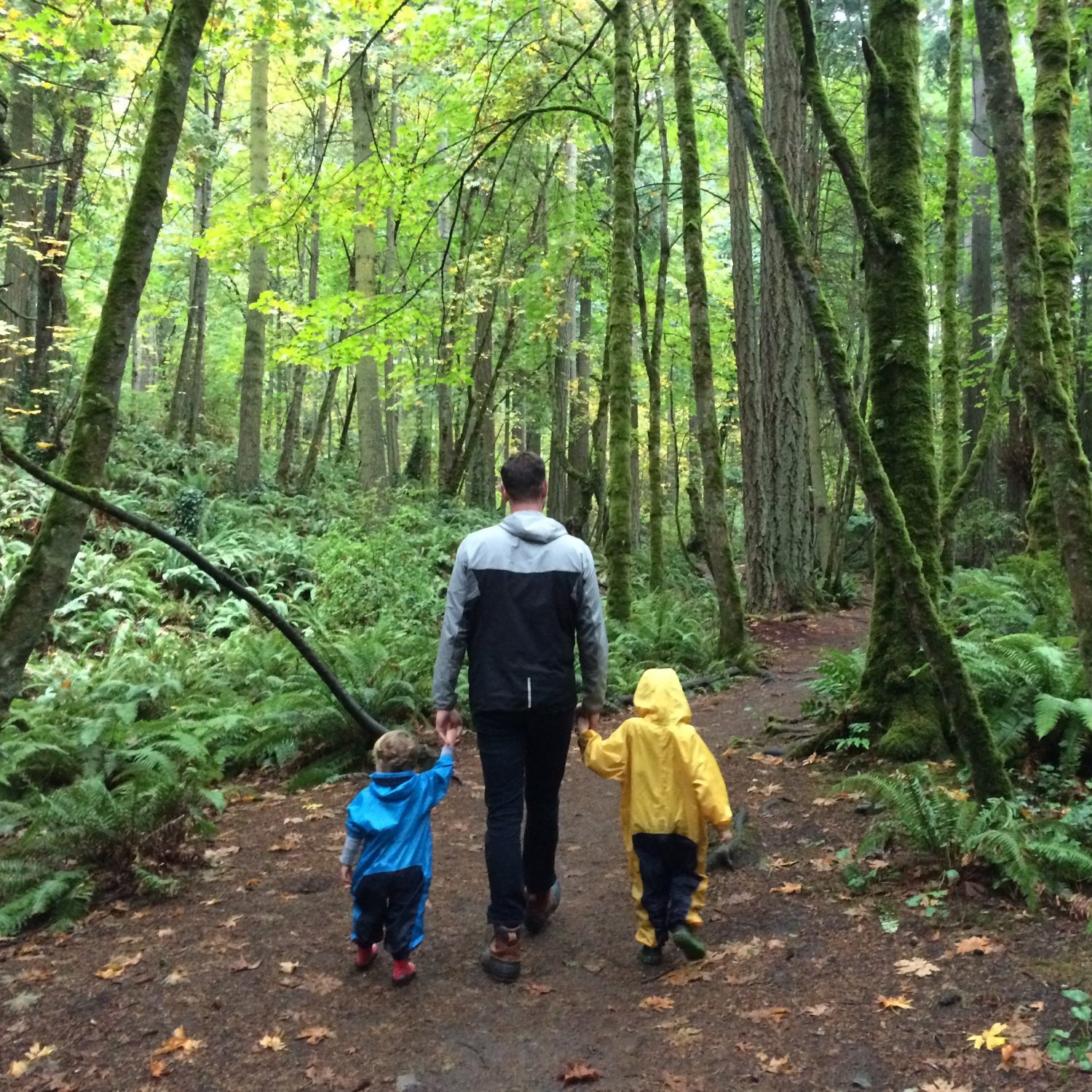
After exploring these 4 TELE’s, it is clear that they all are built on the premise that learning is constructed through experience – by moving through cycles of dissonance, integration, and resonance. These shared roots in Constructivism serve to guide each tool/framework toward student-centred, reflective, and collaborative learning. In addition, inquiry has some implicit or explicit role in each approach. Another theme that emerged was that content is not as meaningful without a context. Each one of these TELE’s, to varying degrees, aims to make learning relevant and meaningful, contextualizing it and attempting to create (or have students create) problems they are motivated to solve.
Personally, experiencing these TELE’s has been very inspiring to the science teacher in me, and created longing in the math teacher inside me. The science based TELE’s provide not only theoretical and philosophical frameworks for enriching learning, but also specific ways to reimagine the lab experiment experiences of our students. The math teacher in me still pines for authentic, inquiry/project-based experiences for my students. The benefits of some of the frameworks, especially T-GEM, are clear: using models to identify and modify misconceptions (I think of examples like modelling how subtracting a negative is the same as adding a positive or how area models can help explain visually the concept of multiplying fractions) is a powerful strategy. However, when I try to create a web-based inquiry environment for math, I continually stall. This is likely a lack of imagination on my part, and I can’t help but feel that my students are the poorer for it. I am determined to continue searching, creating, tinkering, and collaborating until I can provide the same rich TELE experience for my math students as I now can in science.
References
Cognition and Technology Group at Vanderbilt (1992a). The Jasper experiment: An exploration of issues in learning and instructional design. Educational Technology, Research and Development, 40(1), 65-80.
Edelson, D.C. (2001). Learning-for-use: A framework for the design of technology-supported inquiry activities. Journal of Research in Science Teaching,38(3), 355-385.
Khan, S. (2007). Model-based inquiries in chemistry. Science Education, 91(6), 877-905.
Linn, M., Clark, D., & Slotta, J. (2003). Wise design for knowledge integration. Science Education, 87(4), 517-538.
